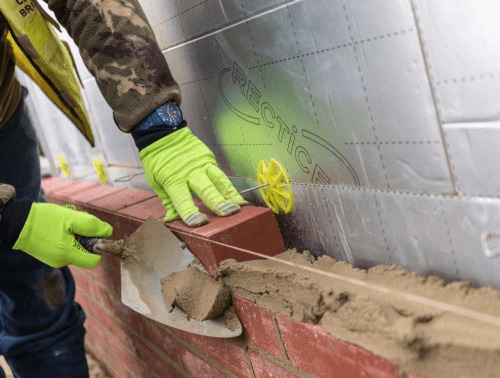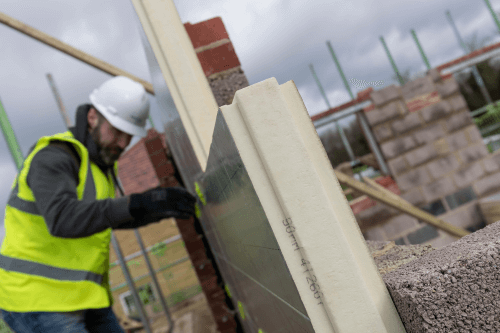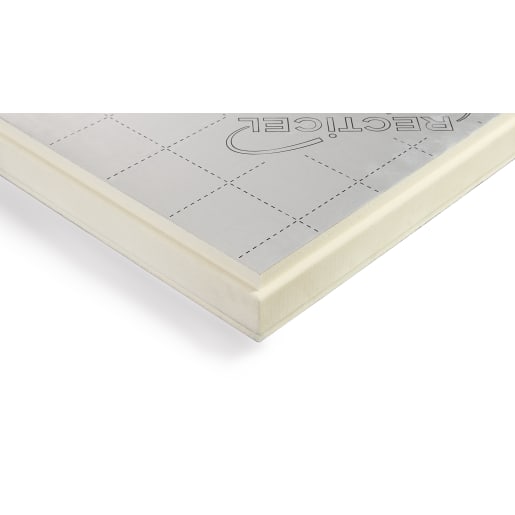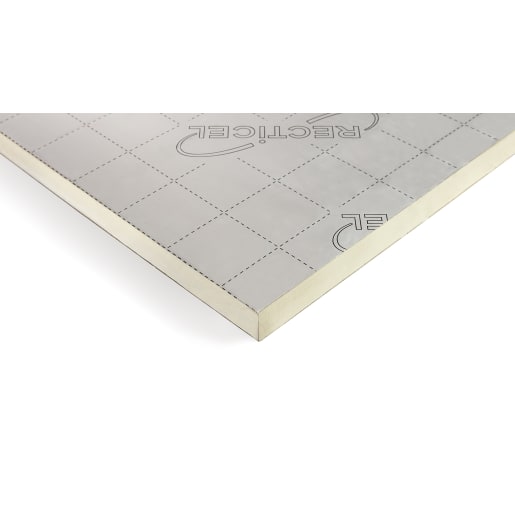Touching on Part L with PIR
The amended Part L, a precursor to the Future Homes Standard, will help improve thermal standards with PIR insulation playing a part in facilitating such an outcome.
The aim of the updated Part L regulations is to reduce carbon emissions from new-build homes by 31% through a combination of fabric improvements, low carbon heating technologies and PV panels. The amendments include a tightening of standards for already-built homes in relation to extensions, replacements and repairs.
As is often the case when new standards are introduced, there will be a transition period of adoption. Therefore, building work that has already commenced will come under the previous Approved Document L. A significant change to transitional arrangements is that they will apply on a dwelling-by-dwelling basis, rather than to the whole site. For larger sites, that could mean the design and construction of properties that span three different sets of regulations.
PIR: one of the best insulation solutions
There are numerous benefits associated with PIR insulation. Its closed-cell structure means it doesn’t absorb water, allowing the thermal performance and reliability of the product to be retained over time.
With lambda values as low as 0.022 W/mK, PIR provides excellent thermal performance. This, coupled with its slim composition, means it requires less space to achieve the same U-value as other insulation materials. This is of particular benefit to housebuilders looking to maximise interior living space in multi-property developments with limited plot size.
The structural strength of PIR insulation enables a consistent performance that will last, negating costly repairs and maintaining its thermal qualities. PIR insulation is also renowned for its adaptability. It is the ideal solution for a range of applications such as floors, walls, pitched and flat roofing.
PIR designed with the installer and end user in mind

Innovations, such as the tongue-and-groove joint which features on all four edges of Recticel’s rigid full-fill panel, Eurowall®+, have helped further establish PIR performance levels. The 10mm air gap, which is created by a 90mm Eurowall®+ PIR board achieving a U-value of 0.18 W/m2K in a traditional 100mm masonry cavity wall, makes for a more convenient fit for bricklayers when it comes to installing the insulation. This results in a cost-effective, more sustainable installation that doesn’t compromise its superb long-term thermal performance.
No doubt the Part L changes and the subsequent introduction of the FHS will provide a challenge for builders across the board. But the tighter regulations regarding property design and the materials used to fulfil the construction process, particularly in relation to the building’s fabric, are crucial if the low-carbon homes required to create a safer, healthier environment for future generations are to be delivered.



